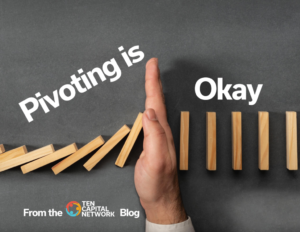
What is a Business Model (and Why is it Important)
2 min read In starting a new venture, most start by trying to write the business plan before the Business Model because everyone tells you

2 min read In starting a new venture, most start by trying to write the business plan before the Business Model because everyone tells you

1 min read Be prepared to pivot. The idea and the business you started with will almost never be the idea and business you end